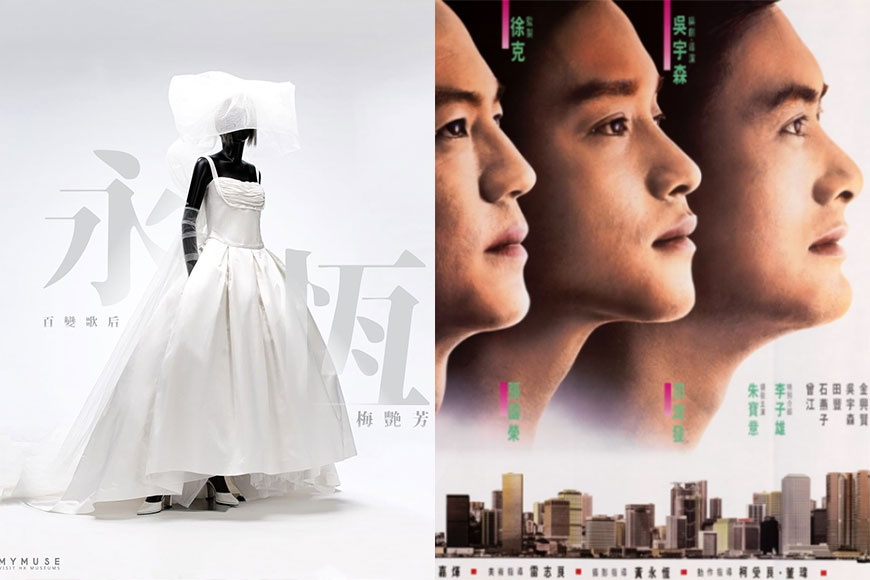The popular culture in Hong Kong has always been deeply influenced by Western trends. Over the past few decades, we have seen a unique cultural atmosphere in local film, music, and visual arts, which continues to influence us today. Recently, the Hong Kong Heritage Museum has curated a new permanent exhibition called “Hong Kong Pop 60 +“, showcasing over 1,000 exhibits focusing on the development of Hong Kong popular music, film, television, and radio broadcasting programs from the post-World War II era to the early 2000s, providing citizens with a deeper understanding of the evolution of Hong Kong’s popular culture.
Due to the migration of northern cultural figures during World War II, they introduced Lingnan culture to Hong Kong, promoting the development of Hong Kong’s popular culture. Starting from the 50s and 60s, the older generation at that time loved Mandarin songs and dance films. On the other hand, the young generation born and raised in Hong Kong preferred Western culture, with English songs and “band” becoming fashionable. During the period of cultural exchange between the East and the West, people in society at that time sought to develop their own unique culture, leading to the creation of many creative and innovative film, television, and music works that bridge Eastern and Western cultures.
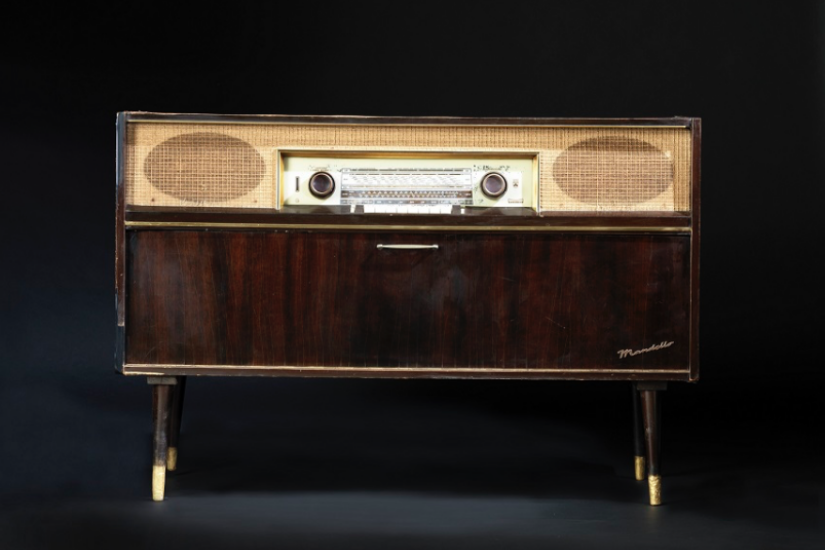
Before the popularity of television, most citizens relied on the radio for information. In addition to listening to the news, they also tuned in to Cantonese opera, radio dramas, and various types of music for entertainment. The launch of “Metro Broadcast Corporation” and “Commercial Radio Hong Kong” later on further fueled the trend of listening to radio broadcasts, with the music programs on the radio serving as a barometer of the music scene at that time. In the exhibition, viewers can see the characteristics and evolution of each generation of radio.
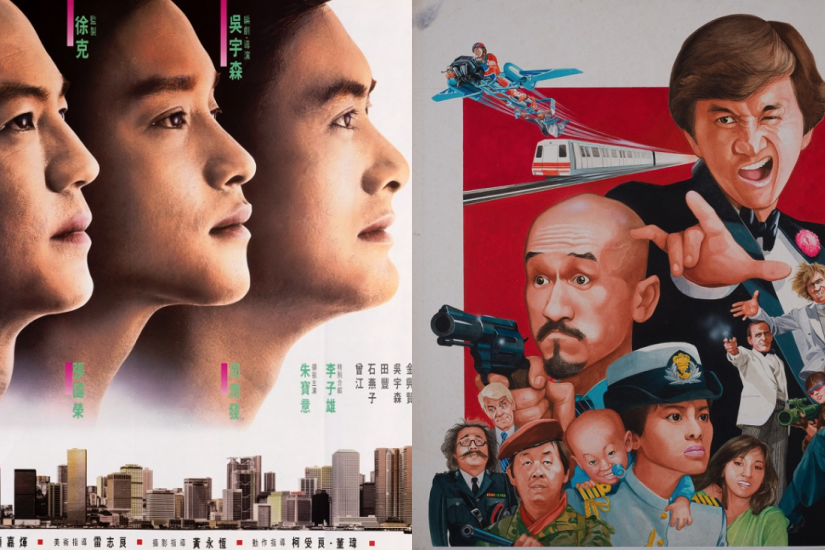
When it comes to the fashion culture of Hong Kong, the brilliant achievements of Hong Kong cinema are indispensable. Hong Kong films absorb cultural essences from all directions, with diverse and innovative themes that not only appeal to local audiences but also allow Hong Kong cinema to shine on the international stage, making people from other regions take notice of Hong Kong culture. The exhibition showcases posters from many classic films, such as “72 Tenants of Prosperity” depicting grassroots citizens, “Infernal Affairs” with an undercover theme, and “A Better Tomorrow” portraying gangster heroes, evoking nostalgia for the film culture of the past.
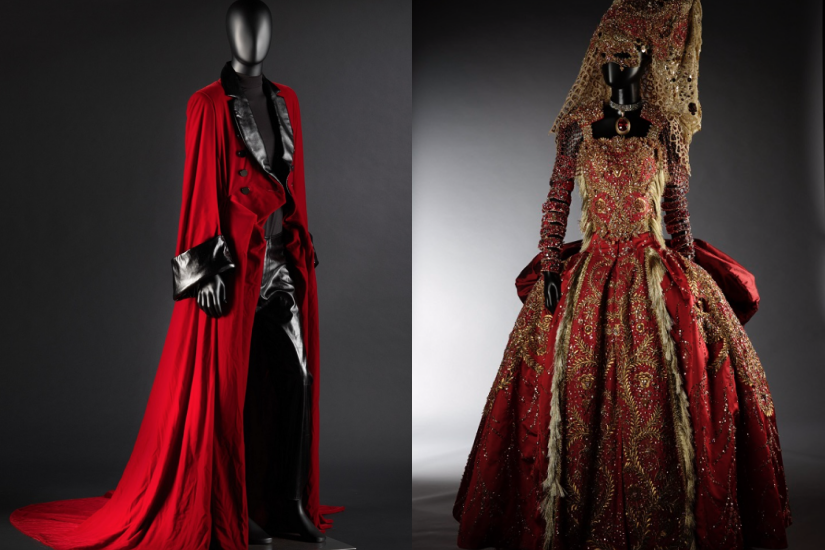

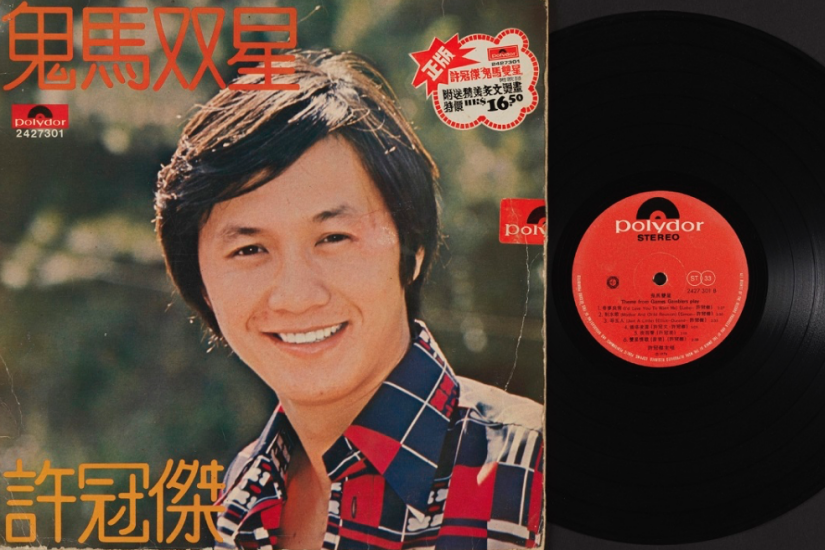
The popular music in Hong Kong has undergone significant transformations with different eras, from the Cantonese-style songs of the 50s and 60s, the Cantonese pop songs driven by radio stations in the 70s, to the development of popular songs influenced by film and television media in the 80s, all reflecting the social and cultural aspects of different periods. By the 90s, society became more prosperous, and citizens were more willing to invest money to support local music, leading to the peak of development in Hong Kong popular music. The exhibition showcases awards won by the famous singer Roman Tam, the lyrics manuscript of the song “Beneath the Lion Rock,” James Wong’s wooden guitar, Anita Mui’s stage costumes, and other exhibits.
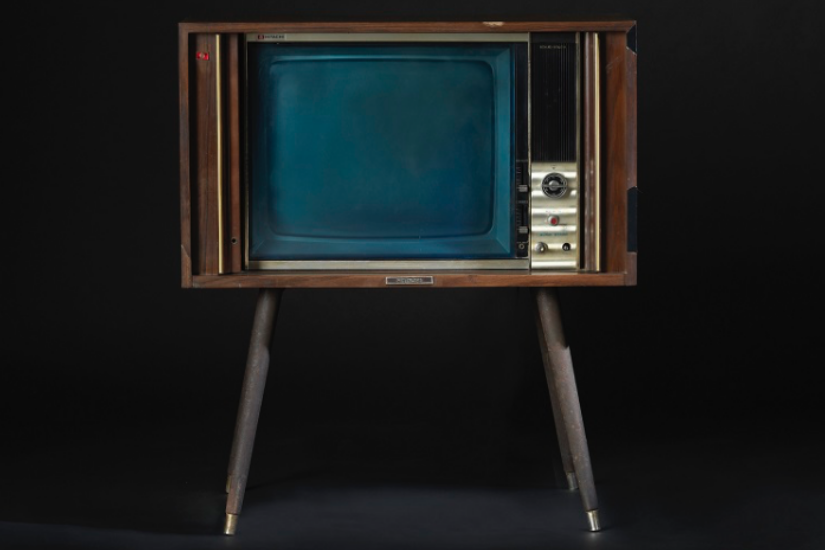
Since the establishment of the cable television station in 1957, Hong Kong has entered the era of television. Over the decades, many well-known variety shows and TV series have been created. In the exhibition, we can see floor-standing televisions from the 1970s, vinyl records of TV dramas, film and television magazines, special editions of popular TV dramas, etc., to understand how the trend of television programs at that time influenced the lives of the public.
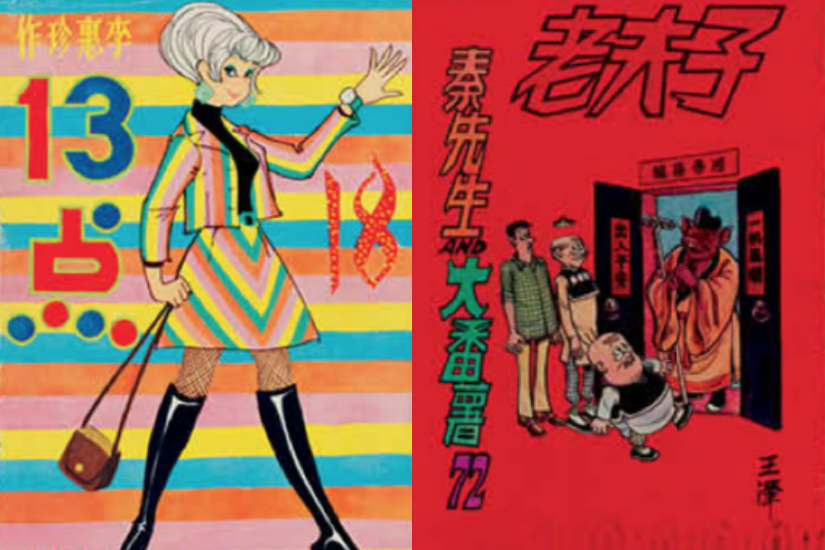
Each era has its own popular items. In the past, in addition to the widespread popularity of audiovisual media, there were also many interesting publications, trendy products, and board games. We can see children’s publications from the 50s and 60s like “Children’s Paradise”, comics like “13 Points” and “Old Master Q”, popular readings like “Extra Edition”, and YES! cards printed with photos of idol stars, each exhibit bearing witness to a generation’s cultural trends.

Every era has its own popular products and culture. Even though things that were once popular are now outdated, the cultural significance behind them is priceless. This exhibition leads the audience to explore the development of Hong Kong’s past, allowing everyone to catch a glimpse of the diverse culture of the past in these old items. If you also wish to learn more about the evolution of local popular culture over the past few decades, do not miss this exhibition with its rich collection!

“Look at the tide Hong Kong 60+” exhibition
Time: 10 am to 6 pm (Monday, Wednesday, Friday); 10 am to 7 pm (weekends and public holidays)
Location: 1/F, Hong Kong Heritage Museum, 1 Man Lam Road, Sha Tin
Image source and learn more: Hong Kong Heritage Museum, Government News Web

